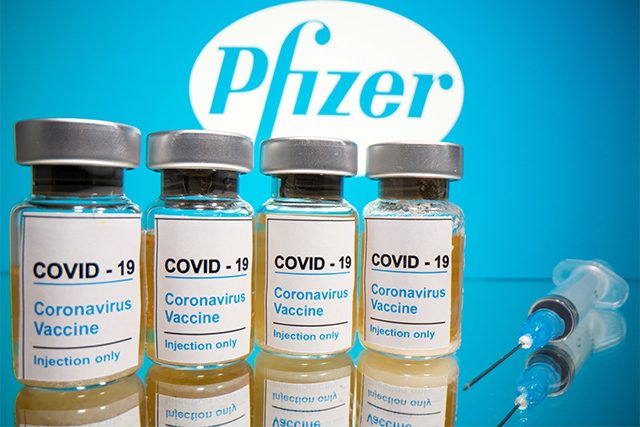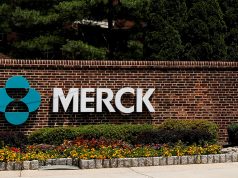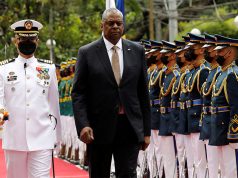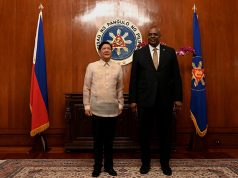
(Updated 10:26 a.m.) The vaccines to prevent the novel coronavirus will only be available in the country by end of 2021 or early 2022 after the announcement of Pfizer and BioNTech that its COVID-19 vaccine is more than 90% effective.
In an online briefing on November 9, Carlito Galvez Jr., vaccine czar and National Task Force against COVID-19 Chief Implementer, said that the planning and implementation for the possible vaccine will take at least six months.
“Ang best case po natin, Mayo o Hulyo, ay may available na vaccine na po through COVAX and bilateral arrangement natin,” Galvez said.
“But realistically speaking, baka po end of the year or 2022 darating ang main bulk ng vaccine… iyan po ang nakikita natin kasi meron po tayong kakulangan sa suppy kasi iyong mayayamang countries, kinuha na po ang majority ng production,” he added.
Galvez was referring to the COVAX vaccine facility, a global collaboration between the World Health Organization and the Vaccine Alliance for the equal distribution of the COVID-19 vaccine for affected rich and poor countries.
This announcement came on the same day that Pfizer Inc. announced that its experimental vaccine was more than 90% effective in preventing the deadly virus based on initial data from a large study.
Pfizer and German partner BioNTech are the first drugmakers to announce and release successful results from their clinical trial tests of the coronavirus vaccine.
“Today is a great day for science and humanity,” said Albert Bourla, Pfizer’s chairman and chief executive.
“We are reaching this critical milestone in our vaccine development program at a time when the world needs it most with infection rates setting new records, hospitals nearing over-capacity and economies struggling to reopen,” he added.
What Philippine authorities failed to stress was that Pfizer’s vaccine will be in early production first for emergency use once approved by U.S. regulators. If everything goes well, there will be enough for 300 million people who will get two doses each by midyear. It would not be nearly enough to reach herd immunity for most of the world.
There will also be complex logistical considerations since the Pfizer vaccine requires to be kept in temperatures of -70 degree Celsius that cannot be accommodated in a normal refrigerator or by smaller clinics.
Moreover, more developed countries and blocs have made their orders for the first millions of doses, namely the United States, Japan, the UK, Canada and the European Union. Poorer countries that cannot immediately provide storage or logistical solutions or ready financing will have to wait.
Still a long way to go
When reports of this progress reached social media, some Filipinos were hopeful and others noted that there’s still a long way to go.
“ilang libo pa kyang Pilipino ang mamatay bago Jan 2022? Isip-isip ding ng magandang paraan muna to curve the everyday thousand positive cases!” one user said.
Anthony Siy of Pasig City’s public transport also perceived that the Philippines’ “elite” citizens will most likely be inoculated first.
“Galvez said the vaccine would be available by end-2021 for the Philippine public. That may be accurate. Philippine elites will likely get it this year, you just won’t hear about it until one of their dumb relatives’ Instagrams it,” Siy said.
Galvez said the vaccine would be available by end-2021 for the Philippine public. That may be accurate. Philippine elites will likely get it this year, you just won't hear about it until one of their dumb relatives instagrams it https://t.co/3x6L2rQmzF
— dolomite is my name (@anthony_siy) November 10, 2020
Last October, President Rodrigo Duterte wants to provide vaccines to all Filipinos, citing the poor, the police and the military as his priorities.
Duterte also expressed hope that the Philippines will rid of the highly contagious disease by December.
So far, the countries that Pfizer and BioNTech have supply agreements with are the United States, the European Union, the United Kingdom, Canada and Japan.
Last July, Pfizer got a hefty $1.95 billion deal with the US government’s Operation Warp Speed under incumbent US President Donald Trump.









